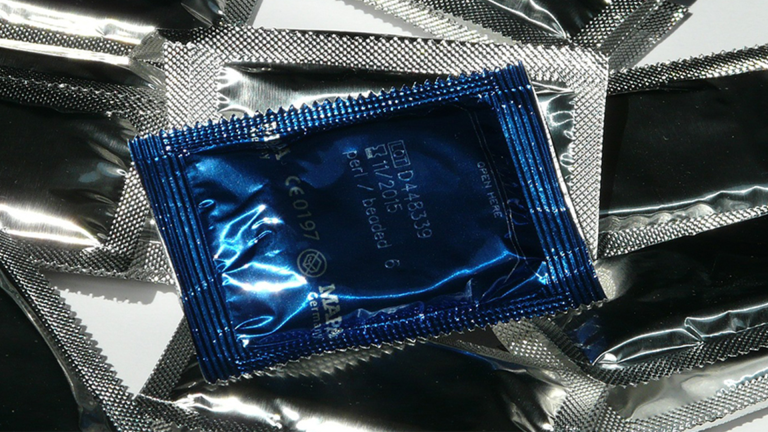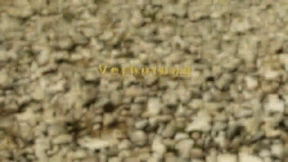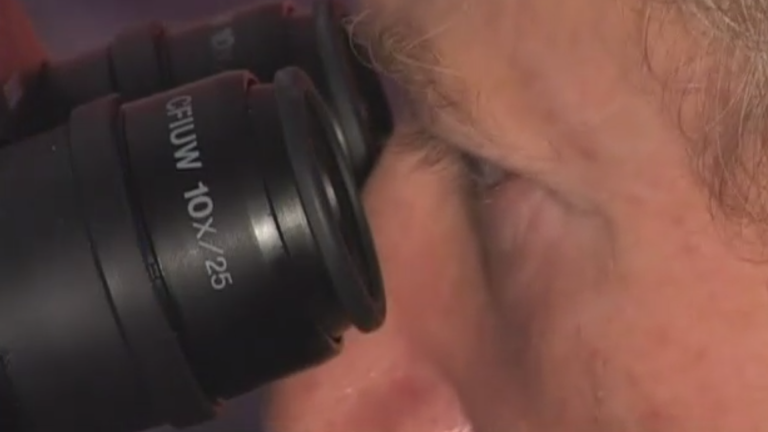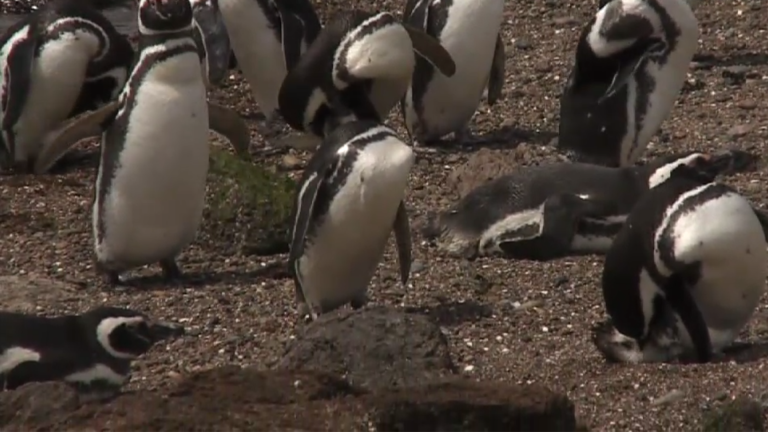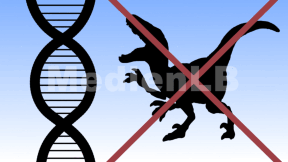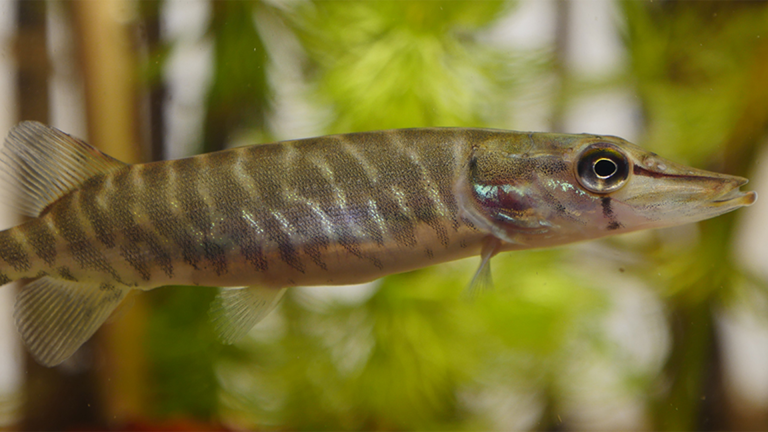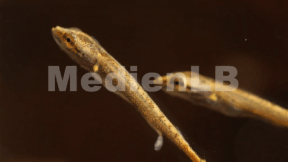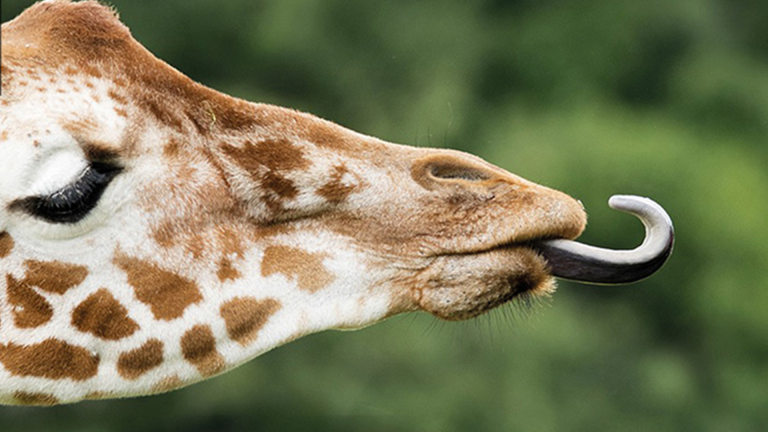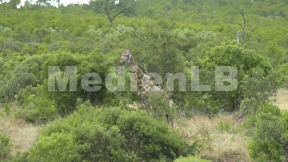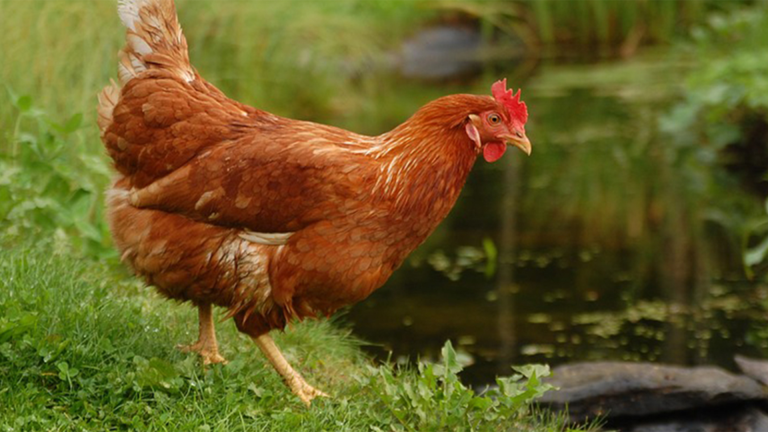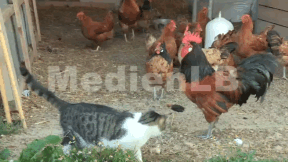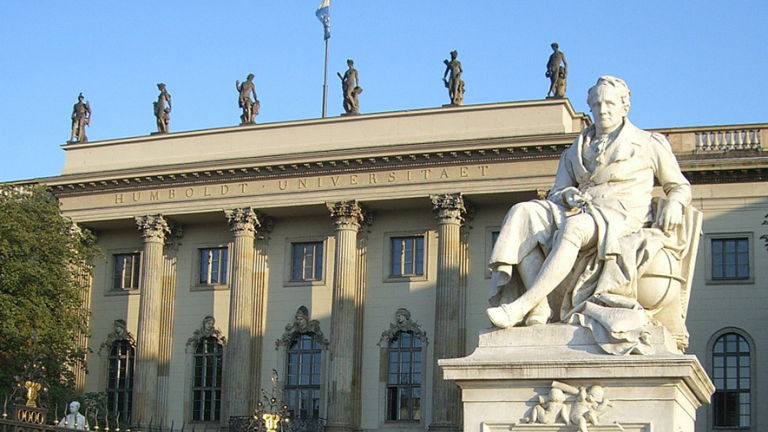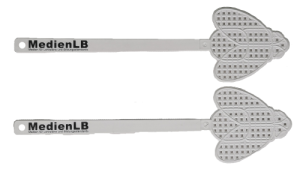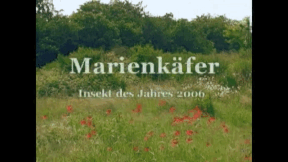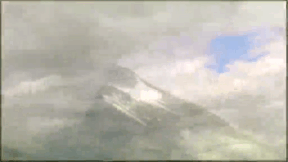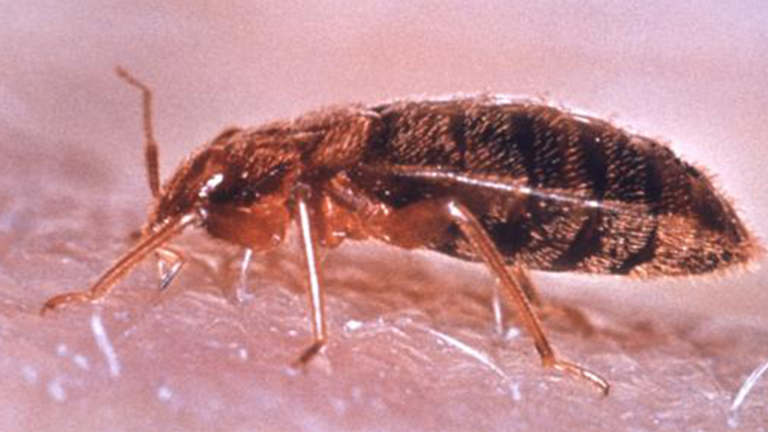Suche:
- # Artistry
- # Biology
- # Chemistry
- # Ecological
- # Economy
- # English
- # Foreign Language
- # Geography
- # German
- # Health
- # History
- # Informatik
- # Latin
- # Mathematics
- # Media Education
- # Music
- # Physics
- # Politics / Civics
- # Preschool
- # Primary School
- # Religion
- # Society
- # Sports
- # Technology
- # Training of Teachers
- # Vocational Education
Contraception
In view of a considerable number of teenage pregnancies and commencement of sexual activities at an average age of 15, the topic of contraception is extremely important in lower secondary school. This DVD offers a complete film as well as working materi- al that allows for a discussion of the topic according to the requirements of the respective type of school as well as to the socio-cultural circumstances. Apart from the film itself, which outlines the most important contraceptive methods, selected animations can be accessed via the menu. They illustrate complex content such as a woman’s cycle, structure and function of the male sexual organs and the effects of different contraceptives in terms understandable to pupils. The film is suitable for an entire series of lessons, with the teachers deciding themselves on the basis of the menu struc- ture what content is appropriate for a class.
Learn moreMicrocosm
We perceive the world we live in with our sense organs. However, perception with our senses represents only a limited part of the cosmos we live in. There is a world eluding the perception of our eyes. It exists hidden away for its cosmos is extremely small. The world of microcosm. This world is full of fascination and surprises. Up to the 1930s a deeper penetration into the microcosm was impossible. Only the invention of a new technology enabled us to render still smaller details of the microcosm visible to the human eye. A magnification of up to a thousandth millimetre has become possible. This film provides a profound insight into the microcosm. Rare pictures of mites, water bears and other creatures, made visible by means of various microscopes make the film an extraordinary experience. In addition, the DVD includes bonus material explaining the functions of the different microscopes with the help of diagrams. Due to the combination of the subjects of microcosm and microscopes, this DVD is perfectly suited for biology classes as well as physics lessons.
Learn morePenguins
Most people know penguins only from the zoological garden. There they arouse many visitors’ interest. This is, on the one hand, because of their peculiar black-and-white colouring, which reminds you of a tail coat, on the other hand, because of their upright walk. We find penguins amusing or funny; but if we knew more about their extraordinary skills, we would not laugh about them but gaze at them in wonder and reverence.
Learn moreMücken
Stechmücken, Schnaken, Gnitzen und 40 Mückenfamilien mehr bevölkern unsere Erde. Während sie uns an einem lauen Sommerabend voraussichtlich nur lästig erscheinen, sind sie seit rund 120 Millionen Jahren ein wichtiger Bestandteil unseres Ökosystems.
Learn moreHecht
Der Hecht ist Fisch des Jahres 2016. Er ist einer unserer größten heimischen Raubfische. Sein Maul ist mit messerscharfen Zähnen gespickt.
Learn moreGiraffes
The giraffe is a superlative mammal. It is considered the largest land mammal, has a neck up to two meters long and the pattern of its fur is as unique as the fingerprint of a human.
Learn moreAlexander von Humboldt
The name of Alexander von Humboldt, who is considered the last polymath and is still admired as second discoverer in Latin America, is omnipresent. Schools, ships, mountains, rivers, squares are named after him; but above all animals and plants were given his name. But what about his natural history legacy and heritage in our time?
Learn moreThe Ladybird
The seven-spotted ladybird was chosen insect of the year 2006. Besides the characteristics of this and other ladybird species, the film also shows the reproduction and develop- ment of various species and their geographic ranges. Fur- thermore, this DVD puts emphasis on the explanation of the ecological web of relationships the ladybird is part of. Here, the relation with humans also plays a role as people have always valued ladybirds because they kill aphids and are pretty to look at. Apart from the ladybird itself, several natural enemies such as insects and spiders are shown in impressive close-ups. The film is highly suitable for overcoming any prejudices the pupils might hold towards these groups of animals.The film is suitable for primary school lessons and secondary school biology studies, including the subject area of ecology in the 8th year of school.
Learn moreNationalpark
In the Hohe Tauern National Park you can experience with all your senses the peaceful coexistence of wild nature and human creativity, the diversity of nature as well as its significance as an ecosystem preserve in the heart of Europe. Pristine forests, species-rich mountain meadows and the alpine primeval landscape of the highest mountains in Austria quite naturally evoke a thirst for knowledge.
Learn moreParasites
Parasites are not a small group of organisms, as many believe. Parasitism is a specific mode of life in which one creature, a parasite, lives on another creature and feeds on it. Apart from well-known parasites such as ticks or bed bugs, also animals like the cuckoo or the ichneumon fly and plants, for example the mistletoe, live parasitically. With a lot of animations, recordings and microscope images the film illustrates how this ectoparasitic way of life evolves, to what extent the parasites deprive their hosts and what other living organisms engage in parasitism, too. Humans easily become hosts to parasites and the latter can transmit serious diseases. The malaria cycle and the danger of ESME are described and preventive measures that can be taken are shown.
Learn more



